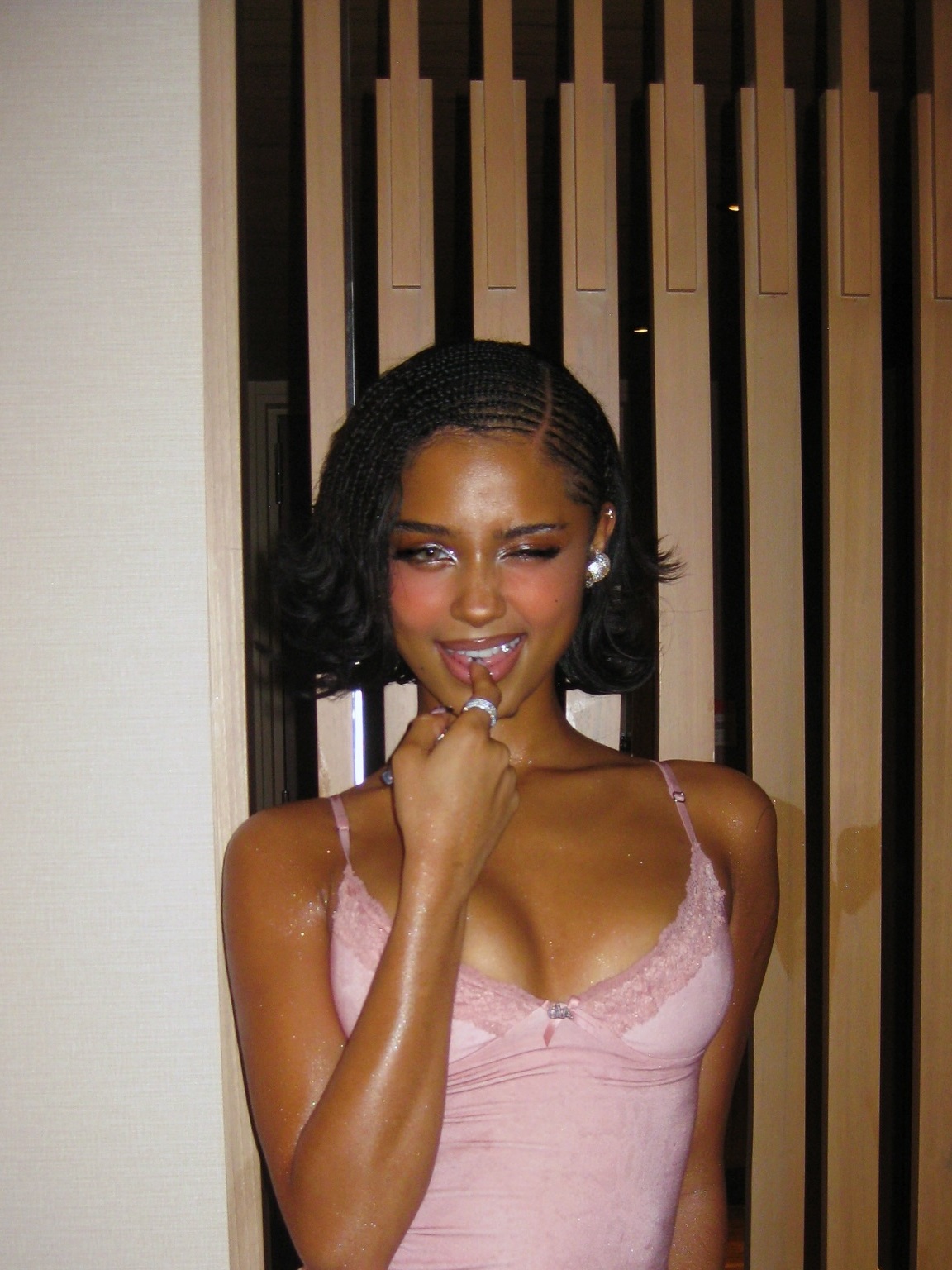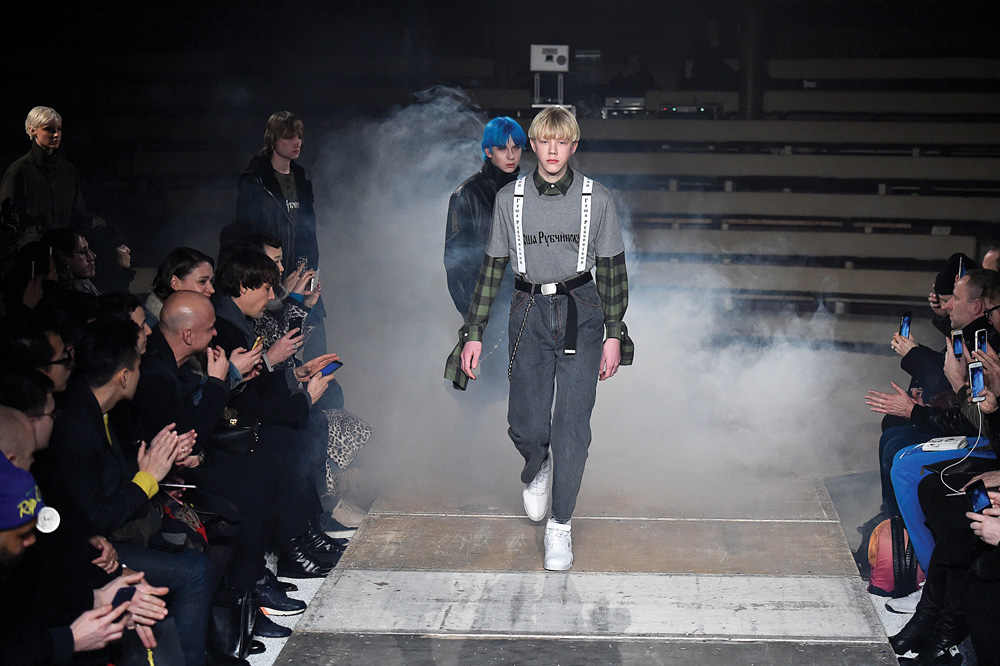
Around the world, kindred spirits are redefining the ideals and aesthetics of what we wear. Welcome to the new fashion democracy.
Picture the scene on a grey, cold Saturday evening in London. Some of the most influential names in the fashion business are gathering in a nondescript church hall in Soho. There’s a lava lamp casting multicoloured blob shapes on the wall. The hall’s long refectory tables are laid with candles, jam jars filled with wild flowers and dozens of sharing plates piled with hummus, flatbread, goulash and cucumber salad.
The guests mingle and praise the host of the evening, Molly Goddard, who wears a black tulle smock top and long gingham party skirt of her own design. Circulating around the hall are photographer Tim Walker, model Edie Campbell, the president of Comme des Garçons International and Dover Street Market Adrian Joffe, and British womenswear designer of the year Simone Rocha.
“We thought about a restaurant but in the end I wanted something more intimate, of our own making,” says Goddard, recipient of the Emerging Designer accolade at December’s British Fashion Awards in London. Goddard’s forte is anti-fit tulle party dresses that deploy age-old dressmaking techniques such as smocking and ruching. There’s a naivety and a knowingness in these one-size-fits-all frocks that defies tired stereotypes of glamour and bodycon sexuality.
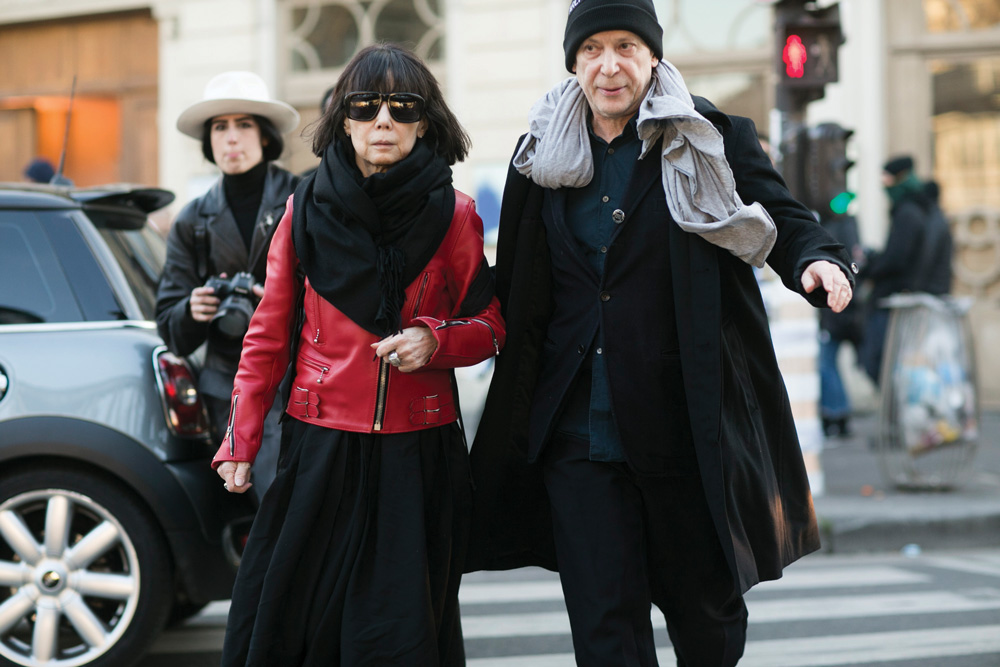
Campbell is wearing a cornflower blue smock top with biker jeans. Model Adwoa Aboah is nearby. The gurltalk.com founder wore a bright lime tulle creation made by Goddard to the December awards show.
Every era gives us the designers that we “deserve” and Goddard’s collections – the label has been stocked by I.T in Hong Kong and is a favourite at Dover Street Market – say much about modern feminism and a new spirit of welcoming inclusivity. Her boyfriend, wearing a happy-clappy rainbow-striped sweater, is her business manager. Her mother acts as a business mentor.
Goddard is one in a group of kindred spirits that are defining the fashion landscape, not only in terms of aesthetics but also in a recalibrated language. Her fashion speaks of storytelling, rather than a veneer of status, of family values rather than rigid hierarchies, of citizens and women rather than consumers.
These values permeate the work of Gucci creative director Alessandro Michele and his collections of theatrical, embellished pieces that seem to exist in a universe untouched by fickle trends. Michele’s chosen language is talismanic, with serpents, bees and birds adorning jackets and handbags. He has men sporting silk pussy bow blouses and dandyish velvet jackets. Geeky looking girls in giant rhinestone-trimmed sunglasses and box-pleat skirts like to show off their intellect rather than be brazen about beauty. Michele talks about wanting to find a new language, a new story and to map a different topology of desire.
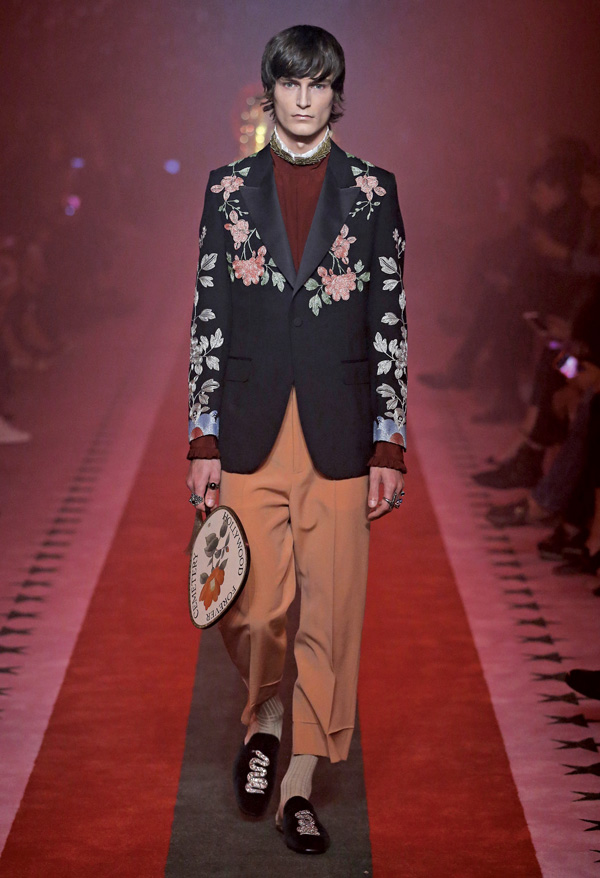
Michele’s celebration of individuality, diversity and of sharing between genders captures the ambitions of our times. Implicit is the understanding that twenty- and thirty-somethings aspire to a different set of values than fashion once espoused.
What are they? Digital natives comprehend both the upside and the downside of technology: flexible careers are sought over a job for life, the sharing economy, sustainability and the preservation of individuality.
Above all, experience is valued over the acquisition of material goods. Therein lies the rub for the fashion industry that for decades has been able to sell luxury products in a vacuum. As long as the holy triumvirate of status anxiety, material desire and aspiration were ticked, goods with a shiny logo and slick packaging would sell.
Now everything can be bought with a click 24 hours a day, the proliferation of product has effectively devalued any notion of luxury. Too much choice induces paralysis. To be considered rare and special, a product must resonate more deeply with consumers. Designers need to involve and immerse potential customers in a story, make us feel an active part of it. For better or worse, being a contrarian and provocating are considered more real – and real and honest are the Holy Grail of the business right now.
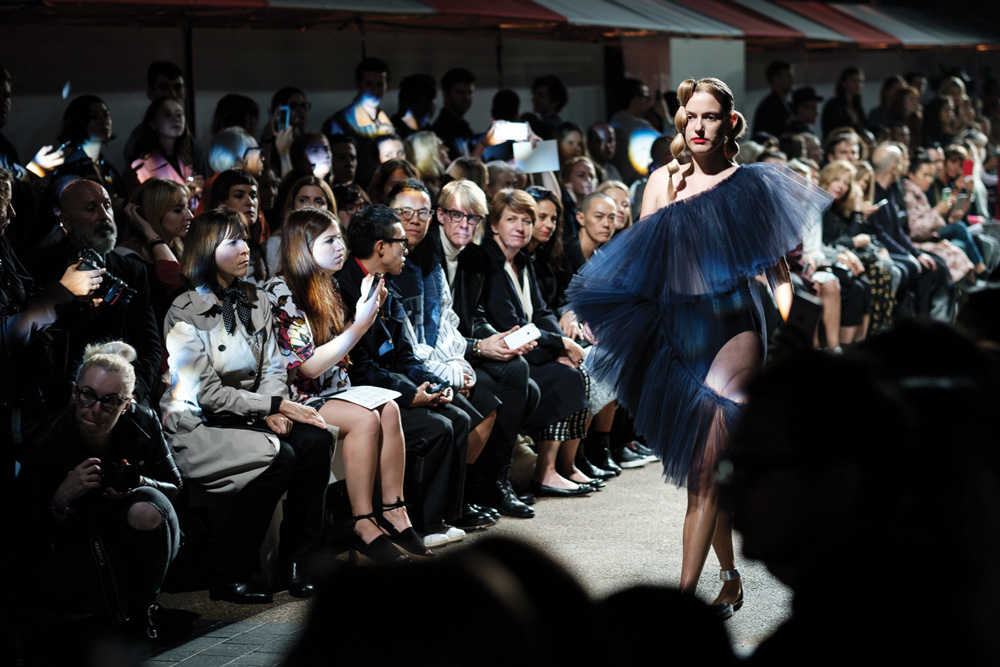
What drives desire today is a quixotic and paradoxical cocktail of scarcity, rarity and a sense of inclusivity. It is perhaps why a generation of sportswear designers who were born during Perestroika in the former Soviet Union is now making waves. “Demna and Guram Gvasalia,
Gosha Rubchinskiy, they would have experienced scarcity. Western brands and, particularly, sports brands were fetishised because they were rare,” says Djurdja Bartlett, a reader in cultural studies at the London College of Fashion.
Vetements’ misshapen hoodies, joggers, reconstructed denims and shroud-like trenchcoats enjoy a cult-like following and that’s down to their fetish-like appeal. Set up by the Gvasalia brothers, Vetements makes hard-to-get-hold-of garments that render their wearers invisible and genderless while simultaneously inviting them into a community. “I would not queue for a US$350 hoodie,” says Demna Gvasalia.
“I would queue for a Sisters of Mercy ticket,” he says, somewhat bemused by the brand’s devotional appeal.
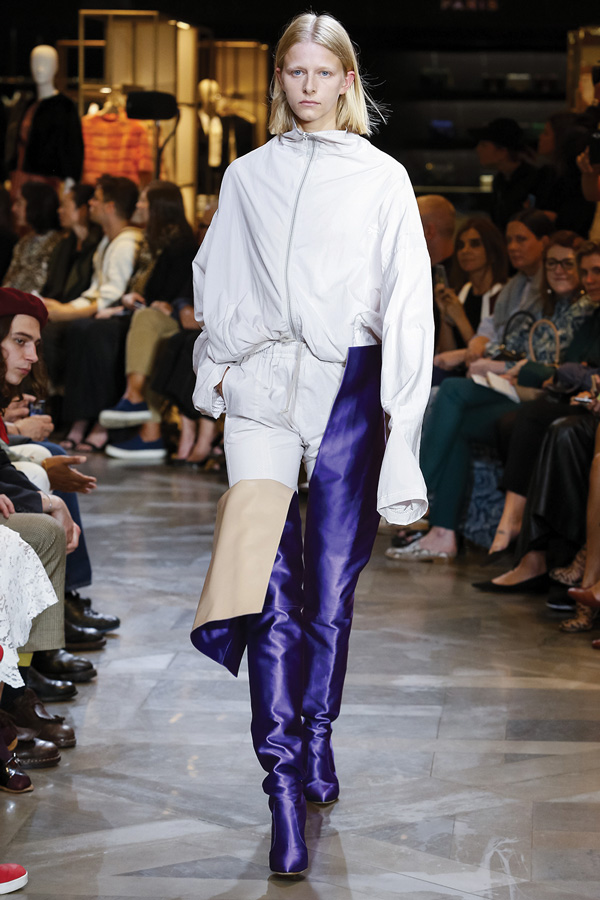
The Vetements community grows exponentially through a series of timely collaborations. For its spring/summer 2017 collection, shown in Paris, the label worked with 18 different brands, including Juicy Couture. The results are intriguing, sometimes ironic and mostly joyous.
The idea of community or aligning oneself with a collective is forever appealing. When Martin Margiela first appeared on the Paris scene in the late 1990s, the designer chose to be invisible to the media. His team wore white lab coats and his shows were staged in alternative spaces including school playgrounds, a disused metro station where quirky women paraded skirts and gowns made from found headscarves. Margiela’s anti-fashion soon became the height of fashion.
I remember being enthralled and thrilled with my first Margiela purchase; a silk satin, ivory blouse. There was just one in the boutique in Paris but what was most tantalising was the threaded needle that hung from a buttonhole. It was as if the seamstress had just walked away from the garment in an absent-minded moment. The mysterious needle captured my imagination at a time when the perfectly finished and excessively packaged was revered. Buying a pair of Helmut Lang x Levi’s was similarly thrilling. Jeans on a Parisian catwalk were a revolution “back then”. There’s nothing like signing up to a club to induce feelings of connectedness.
“Back then”, fashion was run by strict hierarchies dominated by fierce editors who ran their magazines on systems of deference and terror. The power, money and arbitration of taste was governed by an elite. You were either in or out. Once in, one felt obliged to perpetuate the complex game of smoke and mirrors that sustained the exclusive realm.
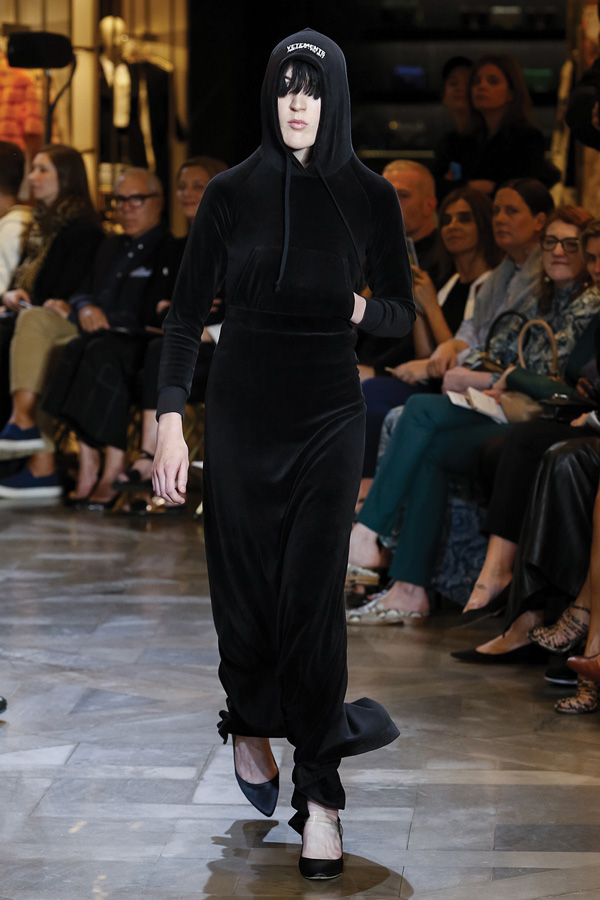
The newspapers revelled in the divisions. Anna Wintour’s moniker was Nuclear Wintour.
What a difference a decade makes. In The First Monday in May, a documentary that chronicled the build up to The Met blockbuster China Through the Looking Glass, Wintour is shot at home on a Saturday wearing a cashmere T-shirt, jeans and flats as if to prove she is an everywoman.
The old hierarchies are rapidly falling down triggered by the paradigm shift in the way fashion is made, mediated and purchased. The digital revolution has allowed a richer, wider and more varied set of influencers and arbiters into the equation. Everyone now deals in opinions and perspectives that are delivered in an instant to tribes of followers. Fashion used to run on the power of homogenised tastes and aspirations. The system required many people designing and wearing the same thing at the same time to create fashion. It has eroded rapidly.
The ethos of inclusivity is not only the preserve of twenty- or thirty-something designers. Rick Owens, Maison Margiela, Dries Van Noten, Comme des Garçons and Chanel have long championed diversity and a more democratic approach. In Paris this January, Owens sent out male models in thin single-breasted blazers topped with bulbous protective down jackets that riffed protection and vulnerability in the same breath.
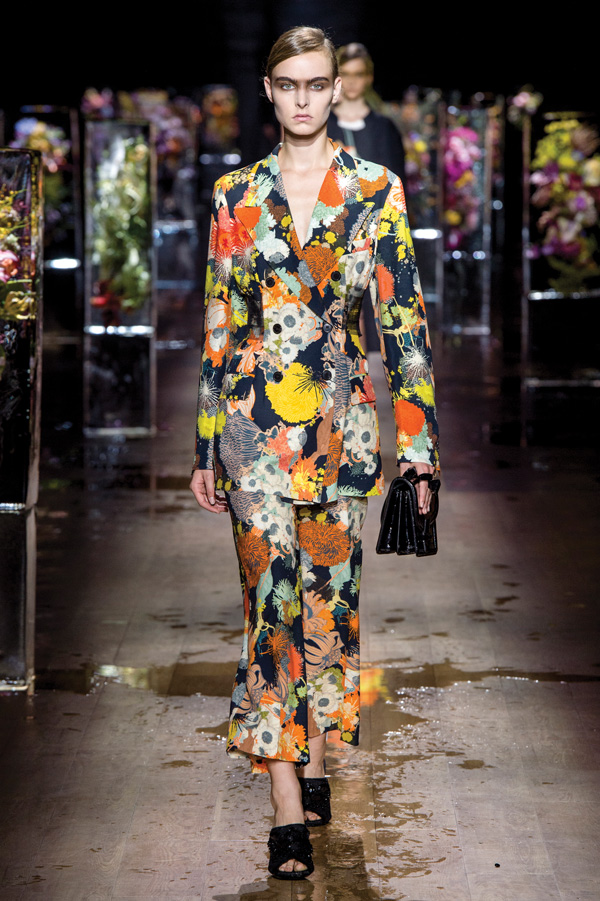
It’s the latest chapter in the work of an auteur who has also invited black female dancers to model his amorphous, organic designs that furtively play with the morphology of the body in clothes.
The quiet and reserved Van Noten runs a multimillion dollar business from Antwerp. The team cycles to work and lunches in a canteen. There’s a palpable sprit of togetherness that is also expressed in the joyous, colourful, unrestrictive and ageless clothes that Van Noten is famed for. There is a simple logic here that happy, curious workers make happy, interesting clothes.
Even the old geographical hierarchy of Paris, New York, London and Milan is being questioned. Rubchinskiy, whose business is backed by Comme des Garçons, chose to debut his Adidas x Gosha line on teenage football players in Kaliningrad, a strategic province sandwiched between Poland and Lithuania that was annexed by the Red Army in 1945.
“It’s Russia and it’s a small city but, at the same time, it’s in the middle of Europe. I want to prove that you can show international ideas but in a small Russian city. I want to show the end of Globalism. It’s more interesting to see what is happening in small cities. It’s more interesting to see what’s happening in Kaliningrad than New York,” Rubchinskiy told Business of Fashion.

Right now, the unexpected – be it men and women on the same catwalk, Louis Vuitton’s collaboration with skatewear brand Supreme or Goddard’s community centre dinner – is moving fashion, and our desires, forward.
When we buy something we make a secret pact with that item; you are inviting it to be a part of a chapter of your life and it should represent a part of you, real or imagined. If fashion can be for all, it has to celebrate that communion and our respective ways of bonding. The alternative is fashion prescribed by algorithms. To date, artificial intelligence has yet to learn that we are fallible, contradictory and highly discerning creatures.





